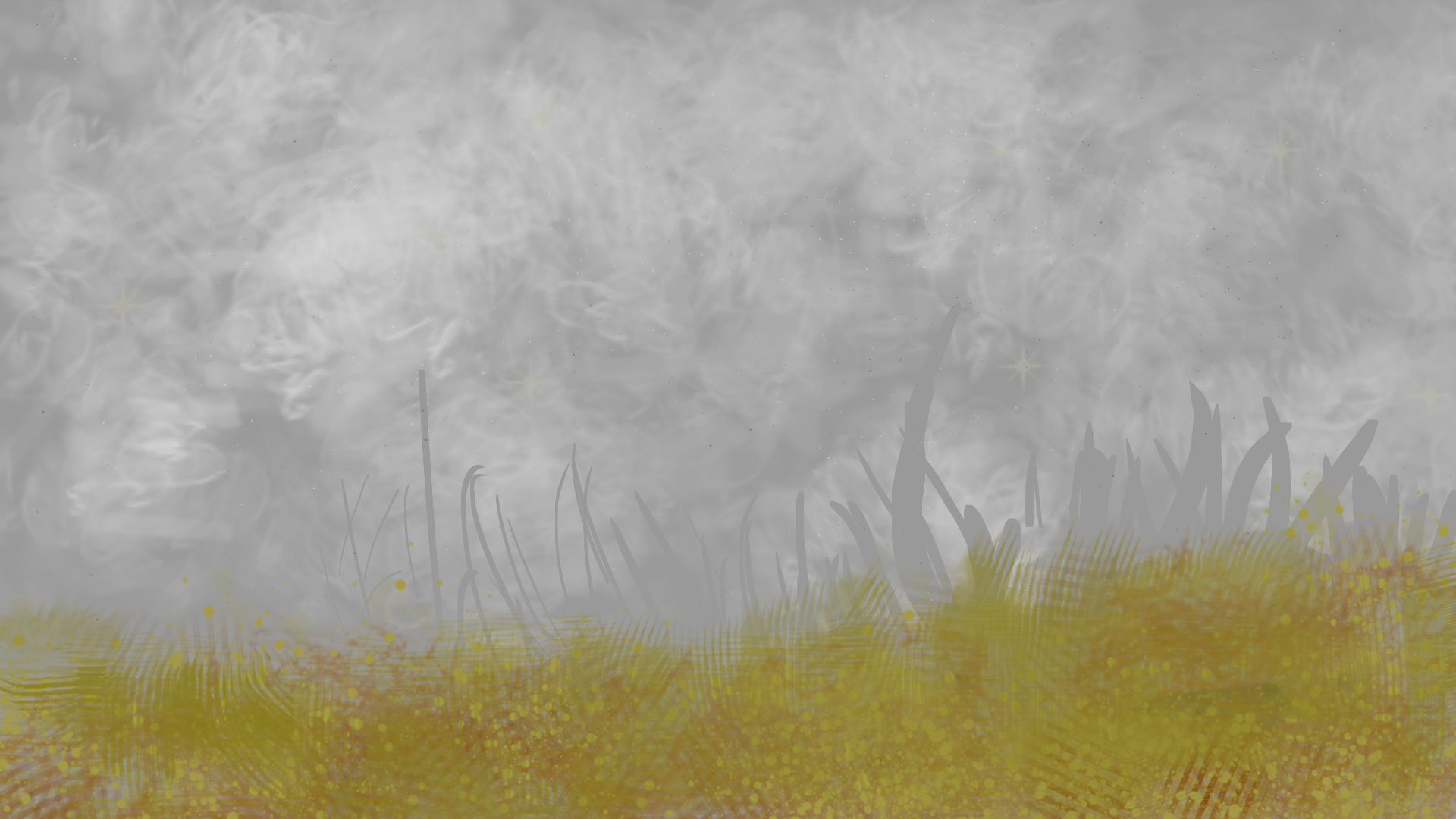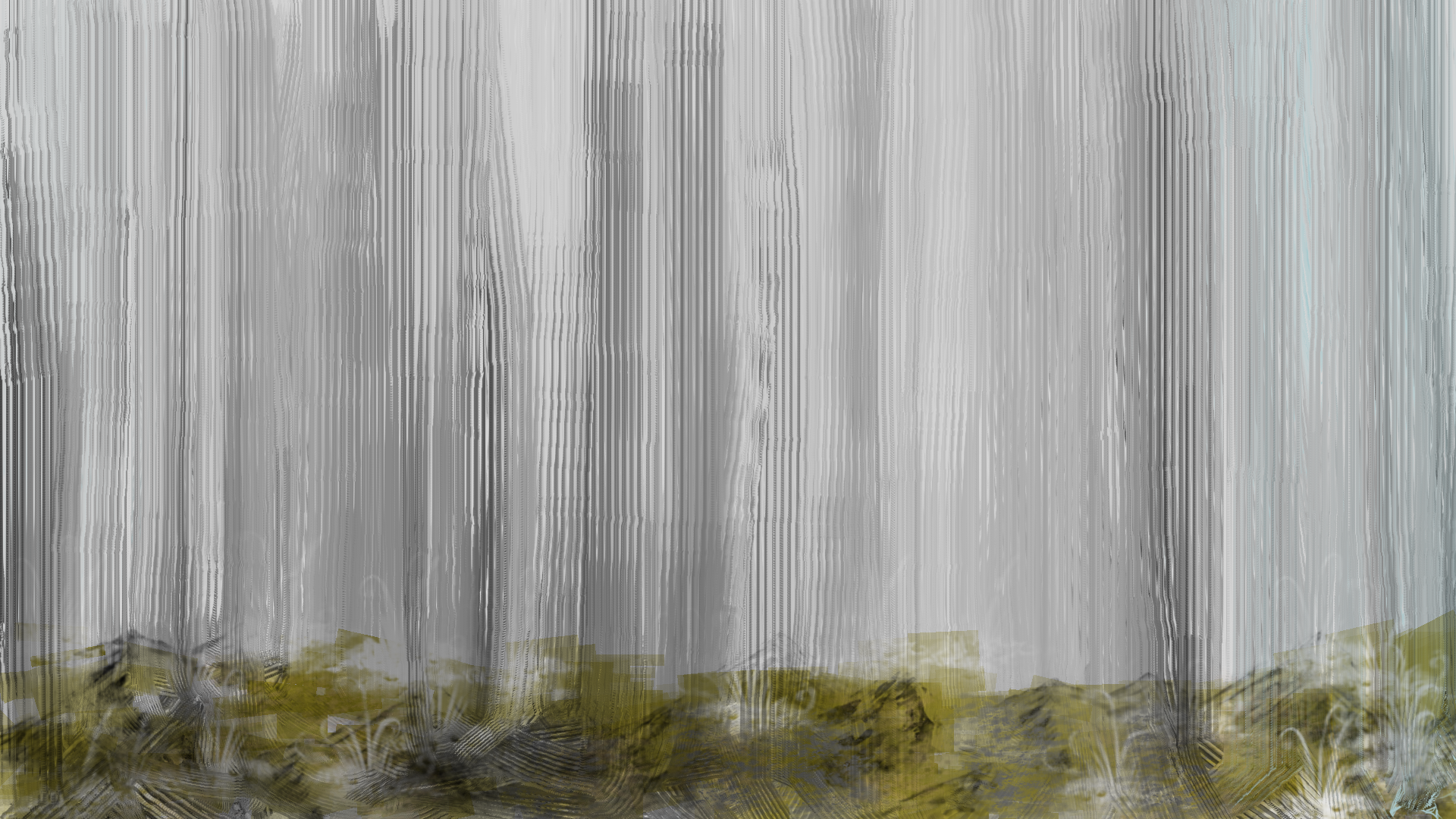Witness
I am looking forward to learning from 1619 - a podcast from The New York Times, which was published on 17 August 2019. While the podcast tells the story of the enslavement of 20+ Africans, horrendous stories of the horrible acts many of our ancestors committed; it is important to remember that these are not unspeakable acts. We must speak these acts. We must bear witness.
For more information, check out the page for They New York Times’ 1916 Project.
1619 was mentioned on John Oliver’s Last Week Tonight on “U.S. History.” If you haven’t seen this episode, I highly recommend it. Let’s not pass on the shortcomings of our own educations to future generations.








